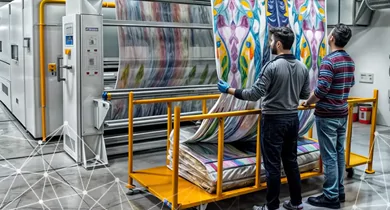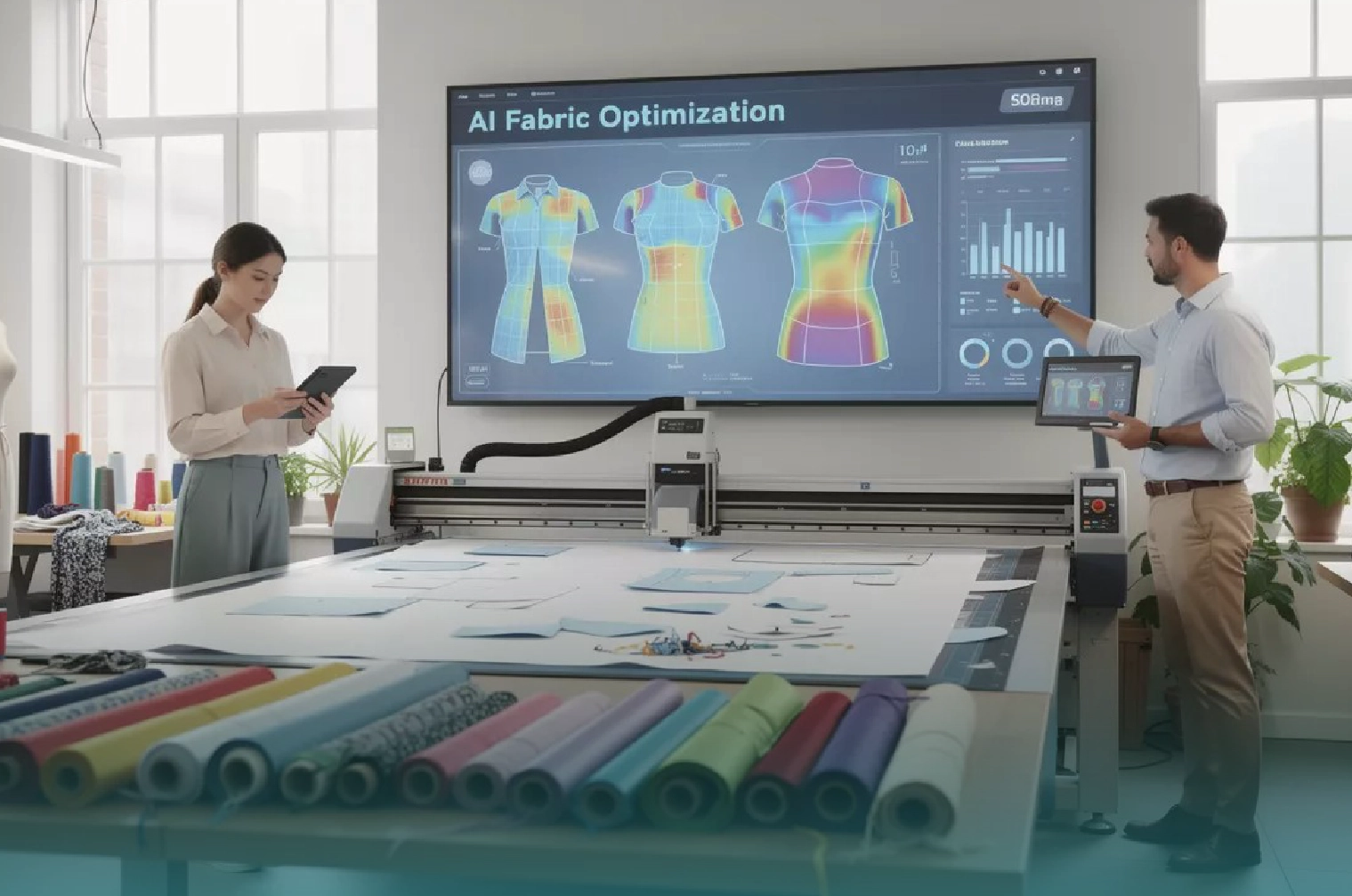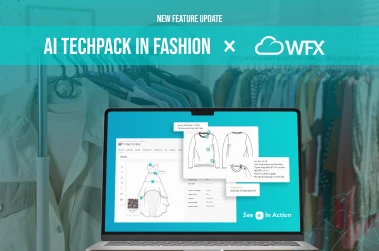1. SEE: Closing Data Gaps for Better Process Visibility
At the heart of digital transformation is the use of data to drive decisions. For garment and textile manufacturers, this means integrating data from various stages of the manufacturing process to get a comprehensive view of your entire operation. Digitizing and connecting all your data, processes, factories on one centralized platform is the foremost step in the process—and it’s the most important.
Take Matrix Clothing, for example. Their pursuit of real-time production data, focusing on metrics like hourly output and Quality DHUs (Defect per Hundred Units), led them to WFX MES (Manufacturing Execution System). They shifted from a standalone system to WFX’s integrated solution. This move eliminated redundant data entry and provided features like line-wise dashboard visualization and tablet-based real-time data capture.
Matrix is now able to respond more quickly to quality issues through automated alerts, eliminate manual records, improve scheduling accuracy, and more. This tangible example illustrates the potential of integrated data to transform operational efficiency.
2. OPERATE: Using Industry-Specific Cloud ERP to Ease Adoption
Let’s face it, the leap into digital transformation can often feel like scaling a mountain, especially when it comes to software adoption. The key to conquering this peak lies in partnering with technology experts who don’t just offer solutions but understand the unique challenges and needs of the garment and textile industry. Choosing a partner with a modern approach to problem-solving, who fits the scale of your business, is not just a choice but a necessity. This is where industry-specific Cloud ERP systems such as WFX ERP come into play.
Such systems are tailored for the unique needs of garment and textile manufacturers, ensuring a smoother transition and higher adoption rates. They bridge the gap between traditional methods and digital ambitions, making the journey towards digital transformation less about the leap and more about the step-by-step progression.
3. COMMUNICATE: Enhancing Trading Partner Relationships
Effective communication is the cornerstone of any successful relationship, and this holds true in the business world too. In the garment and textile industry, where trading partnerships can be complex and multi-layered, clear and consistent communication is vital. Just think about the chargebacks and misunderstandings that are often a result of confusing email threads!
Implementing digital communication tools not only improves transparency with trading partners but also enhances internal team collaboration. Technologies such as EDI (Electronic Data Interchange), real-time inventory tracking, and collaborative platforms are invaluable. They ensure all stakeholders, both within and outside your organization, are on the same page, and have a clear view of the supply chain. This reduces misunderstandings, and ultimately improves partnership efficacy.
4. OPTIMIZE: Improving Forecasting and Inventory Control
The mantra for modern businesses is ‘optimize or go obsolete‘. The mantra for modern businesses is ‘optimize or go obsolete’. To make excess stock and shortage crises a tale of the past, garment and textile manufacturers must focus on optimizing forecasting and inventory control. Leveraging digital tools like AI-driven forecasting models transforms inventory management.
These tools provide real-time data, enabling dynamic decision-making. For example, by using AI to analyze historical sales data, a fashion retailer can predict future trends with greater accuracy, reducing the risk of overproduction and aligning inventory with market demand. This not only streamlines operations and ensures timely product availability but also reinforces sustainable manufacturing practices by minimizing waste.
5. IMPROVE: Automating Manual Workflows to Mitigate Errors & Delays
Time and accuracy are of the essence for any business, but especially so in fashion, where speed to market is key for business success. Manual processes, like creating Bills of Material (BOM), calculating recipes and formulas, and tracking product components, are ripe for automation. Why? Because every minute spent on these tasks is a minute not spent on innovation and strategy.
Automation in these areas does more than just save time; it significantly reduces the scope for errors and delays. It can help create a workflow where data flows seamlessly, where estimates are precise and reliable, and where production processes are a well-oiled machine. This is the power of automation in the garment and textile manufacturing industry.







































